Chopstick materials and shapes can vary, and some can be trickier than others to use
By Althea Chang-Cook
I was a late bloomer when it came to learning how to use chopsticks at home. Up until I was about 10 years old, I was the only one in my family who used a fork when we had Asian food. Some blamed it on the fact that I’m left-handed. I blame the materials used to make the chopsticks we used: Melamine.
Unlike wood chopsticks, which I now use at home, those made with melamine are smooth, making it trickier to grip food. I eventually learned how to make do with what we had, it just took me some time.
For many people, choosing the right chopsticks to use at home may be almost as tricky as learning how to use them. They come in several different materials and in a variety of shapes, sizes, styles, and prices. Here’s what you’ll want to know when considering your options.
Materials
Depending on what you plan to do with your chopsticks, whether it’s simply to eat or to also cook with, and whether you want to hand-wash them or toss them in the dishwasher, a chopstick material’s temperature tolerance and general durability and sustainability matter.
Melamine
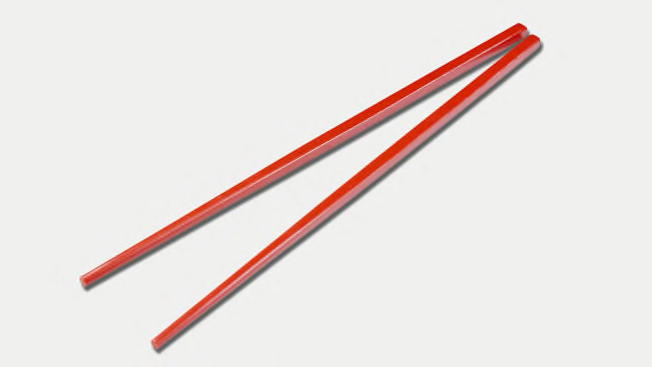
You may be familiar with ivory-colored melamine chopsticks used at restaurants, but they come in several different colors.
Photo: Getty Images
Melamine is a type of plastic that’s approved by the Food and Drug Administration as safe, says Ashita Kapoor, Consumer Reports’ associate director of product safety. It’s commonly used to make reusable plates, bowls, cups, and utensils. And it’s dishwasher safe—not that my family used our dishwasher when I was a kid.
Melamine chopsticks, which can cost less than $2 a pair, are widely available, but they can be slippery, especially when eating oily or wet foods, like noodles.
For those who are cutting the amount of plastic they use in their lives, there are other options to choose from.
Stainless Steel

Smooth and relatively heavy, stainless steel chopsticks can be tricky to use, but they're very durable.
Photo: Getty Images
Once only accessible for the well-to-do in Korea, stainless steel chopsticks are now commonplace. Many Koreans give and receive custom stainless steel chopstick sets as gifts, and they’re more widely available across the globe. In the U.S., you can find stainless steel chopsticks from about $2 and up, says John Gibbens, chopsticks buyer at Everything Chopsticks, a company that imports and distributes chopsticks to restaurants and retailers in the U.S. Custom chopsticks, which can have personalized engravings, will cost more.
“This is considered a very safe material and can handle higher temperatures, but you want to make sure you are using a good grade of stainless steel to make sure the material will not rust or corrode over time,” says Kapoor, at CR. When shopping, look for food-grade stainless steel, a term that can appear on packaging or website descriptions.
Also bear in mind that they tend to be heavier than other chopsticks, which can make them harder to use, especially for people with limited hand strength or dexterity.
Wood
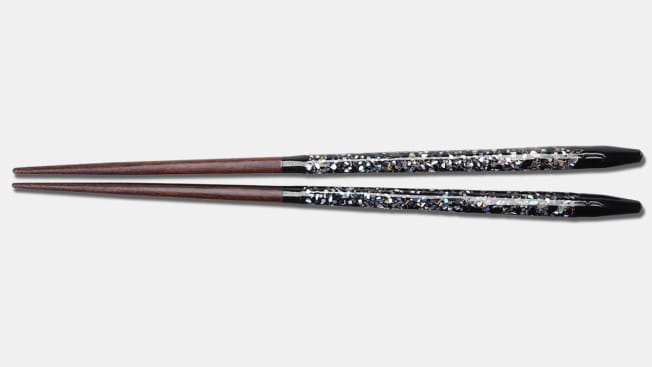
Wooden chopsticks range from cheap sets free with your takeout to fancier pairs that cost a pretty penny.
Photo: John Gibbens
As mentioned above, gripping food can be easier when using wooden chopsticks because of their rough texture. They’re also lightweight and tend to be inexpensive. Single-use wooden chopsticks come free with your takeout (more on those below); an average bamboo pair can cost a couple of dollars, though some ornate pairs can go for up to $70 or more.
“The only concern with these is the long-term use as it is recommended that they be hand-washed only,” Kapoor says. Washing them in the dishwasher can warp them.
For wood that’s lacquered, you’ll want to make sure that it’s been tested and deemed safe for food contact, Kapoor says, to avoid paint or other coatings from being transferred to your food. Check product packaging, website descriptions, or contact the manufacturer to find out whether the chopsticks you’re considering are coated with food-safe lacquer.
Urethane and polyurethane are often used to lacquer wood chopsticks, and you may find wooden chopsticks finished using lacquer made from the sap of sumac trees or natural oils, Gibbens says.
So what about unfinished wooden chopsticks, such as those that often come with your takeout? Those are actually fine to reuse, making them a good sustainable choice.
“Just as we reuse wood and bamboo cutting boards, plain unfinished chopsticks such as takeout chopsticks can be washed and used again,” Gibbens says.
Kapoor agrees. “You just need to make sure the wooden chopsticks are hand-washed in lukewarm water with soap for 30 seconds,” she says, “then wipe them with a soft cotton cloth and dry them before putting them away.” Kapoor recommends replacing them every three to six months, depending on how much you use them.
There are many other ways to re-use those single-use chopsticks that don’t involve eating, Gibbens says. You can use them as a trellis or other support for gardening or potted plants. And they can be used in a similar way as popsicle sticks for art projects. Just please don’t put them in your hair.
Tips for Novice Chopstick Users
Chopstick shapes and sizes can depend on their country of origin. Typically, Japanese chopsticks are 8 to 9 inches long and taper to a thin, rounded tip, Gibbens says. Meanwhile, Chinese chopsticks are 10 to 10½ inches long and tend to have square handles, little to no taper, and the tip is thicker, he says.

Illustration: Getty Images
“I really like fancy chopsticks,” Gibbens says. “Being in the business of importing and selling chopsticks, we have lots of different chopsticks in our kitchen." But, he says, “I would recommend chopsticks that have textured tips for novices,” Gibbens says. Wood may have better grip than smoother materials, but some chopstick manufacturers cut grooves into the food-holding end of chopsticks which can make gripping slippery foods like noodles even easier. On the other end of the spectrum, some Korean metal chopsticks are flat, like the handles of silverware. Gibbens considers these the hardest chopsticks to use.
Textured handles can help your grasp, as can attachments that connect two chopsticks, and finger loops that encourage proper handling.
“I have heard that a person who grew up using one cultural style of chopsticks might have a difficult time adjusting to another,” Gibbens says. Consider me one of those people. I still find typical Japanese chopsticks a challenge to use. “Chopstick preference simply depends on what feels right to the user,” Gibbens told me.
And don’t forget to practice. While bored in restaurants waiting for our food to arrive, my sister and I would compete to see how many peanuts we could hold at the same time using our melamine chopsticks. Holding three or four peanuts across meant you had true skill, and whoever held theirs the longest won.
Other Go-To Gear for Asian Cuisine at Home
At Consumer Reports, we buy appliances at retail, just like you would, and test them in our labs to help you decide what’s worth the space in your kitchen. A good rice cooker is a must if you want rice with just the right amount of fluff, moisture, and chew, and you make it often. Below, CR members can see some of the top-rated rice cookers in our tests. Or, if rice isn’t a regular part of your diet, it could just be that one of the multicookers below would make more sense for your household. They can also be used to make rice, and they’re time savers when making stews, cooking beans, whipping up a quick batch of steel-cut oats, and more.
Zojirushi NP-GBC05 Induction Heating System
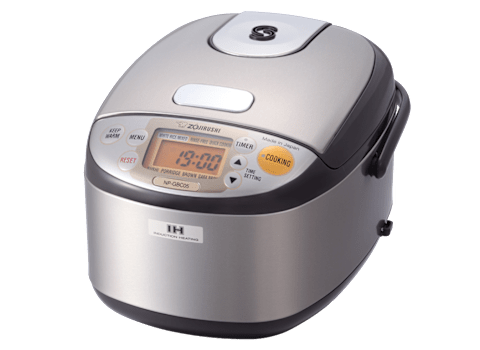
Instant Zest 8-cup
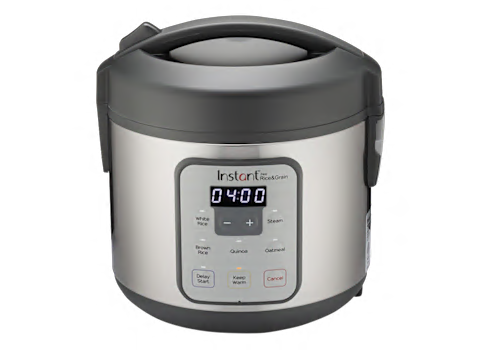
Hamilton Beach Cooker and Steamer 37519
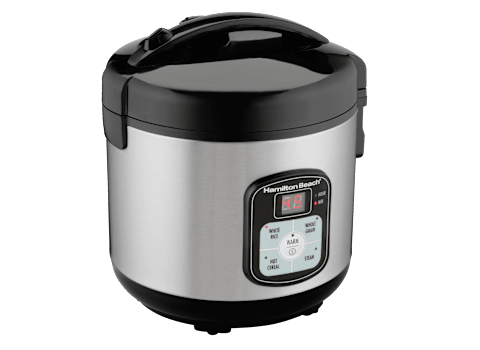
Breville Fast Slow Pro 6 qt. BPR700BSS
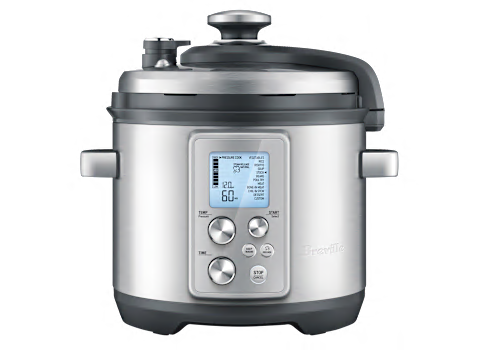
Ninja Foodi OP300
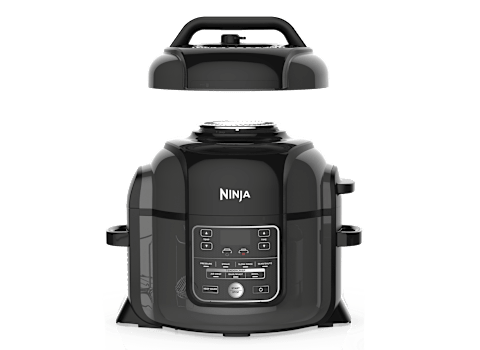
Ninja Foodi OP301
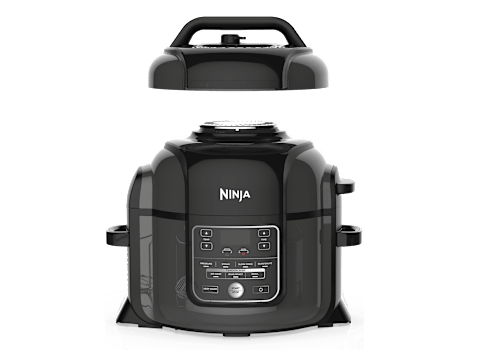
Consumer Reports is an independent, nonprofit organization that works side by side with consumers to create a fairer, safer, and healthier world. CR does not endorse products or services, and does not accept advertising. Copyright © 2023, Consumer Reports, Inc.
